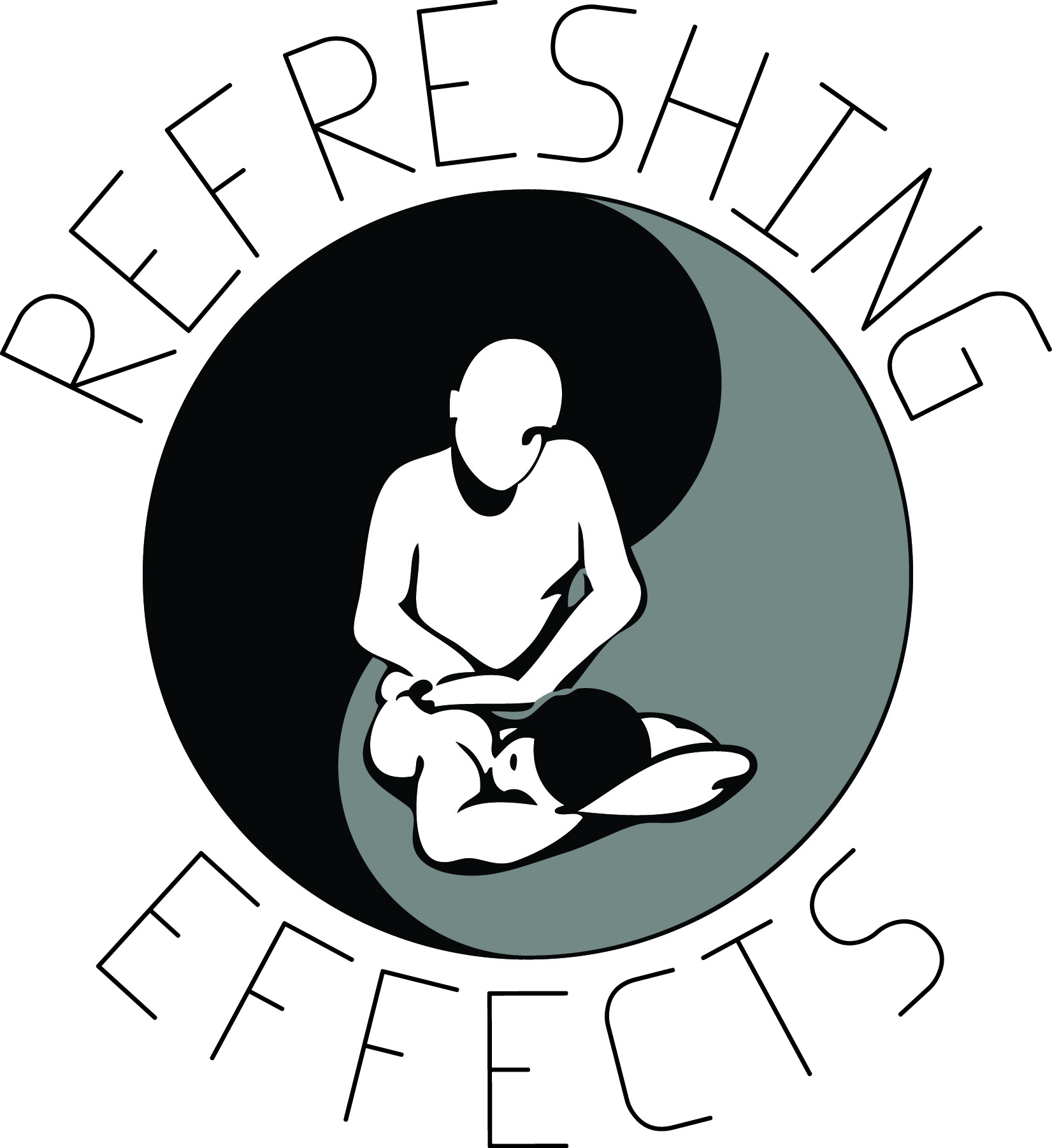Massage and Carpal Tunnel Syndrome
Do you experience tingling in your hand or fingers? Pain that radiates from your wrist to your shoulder? Maybe even difficulty holding small objects? If so, you could be suffering from Carpal Tunnel Syndrome (CTS), an uncomfortable and sometimes disabling condition.
CTS may be caused by swelling and fluid retention, subluxation of the carpal bones, or fibrotic buildup. CTS may also be a symptom of a disease such as rheumatoid arthritis, diabetes mellitus, hypothyroidism.
CTS is diagnosed by common symptoms and two orthopedic tests known as Tinel’s test and Phalens Maneuver. Nerve conduction tests are also used to determine possible CTS. However, these tests are not conclusive. Many factors contribute to pain and nerve problems in the hand and the wrist. These factors make it difficult to pinpoint where the pain originates. It could be coming from as high up as the neck, the shoulder girdle, or even the elbow. Likewise, other types of soft tissue injuries could show up as pain in the wrist and hand.
Massage therapy can help to reduce the pain and swelling. As long as the client is not in acute pain and can tolerate massage, massage can help to increase the flexibility of the muscles and pliability of the surrounding tissue.
What is Carpal Tunnel Syndrome?
The carpal tunnel is a narrow passageway in the wrist that protects the median nerve, which innervates the hand, as well as tendons that control the fingers. This nerve controls sensation and muscle movements in the hand. If the carpal tunnel becomes narrowed from swelling or injury, the nerve is compressed and impinged. This can cause numbness, pain, and severe weakness in the hands.
There are several causes of CTS, but the main cause is repetitive flexion and extension of the tendons in the hands and wrists, especially when performed for long periods, leading to Repetitive Stress Injury (RSI.)
Symptoms usually start with dull wrist pain that gradually worsens. Other symptoms may include:
- Loss of feeling in the fingers
- Numbness, tingling, or burning sensations in the fingers or hand
- Pain extending from the wrist up the arm to the shoulder or down into the palm or fingers
- Weakness the hands and difficulty holding objects.
CTS can occur due to repetitive motion activities such as:
- Driving
- Painting
- Playing some musical instruments
- Some racquet sports
- Assembly line work
- Writing
- Keyboarding
There are 8 tendons that also pass through the carpal tunnel. When soft tissues or these muscle tendons become swollen they may trap the median nerve.
Is Massage Appropriate for CTS?
Yes! CTS due to edema responds well to massage that focuses on moving the fluid and toxic build up out of the affected area. If CTS is due to fibrotic build up or a bone subluxation, massage may also help as well. However, if massage on surrounding area increases symptoms, do not work on the affected area. Here are a few massage techniques that are recommended:
- Use active movements of the wrist and hand to assist to release the area as opposed to deep tissue massage.
- Lymphatic drainage may also help to reduce the build up of fluids and reduce swelling.
- Swedish massage can help to alleviate some the symptoms as long as the massage itself does not produce the symptoms. Your massage therapist will communicate and check in with you about pain sensations and tolerance.
What you can do?
If massage is indicated for the type of CTS you have, you would greatly benefit from regular massage sessions. In addition to regular massage therapy sessions with a therapist, you can also practice self-care techniques to enhance the positive results to work toward a pain-free life:
Actively taking part in your treatment is key. Consider these self-care techniques:
- Take plenty of breaks during the day, especially if you perform repetitive tasks.
- Try yoga to increase your flexibility and strength.
- Remember to gently stretch your hands, arms, and shoulders throughout the day.
- If you work at a computer, consult an ergonomics specialist to ensure that your workstation is set up property.



